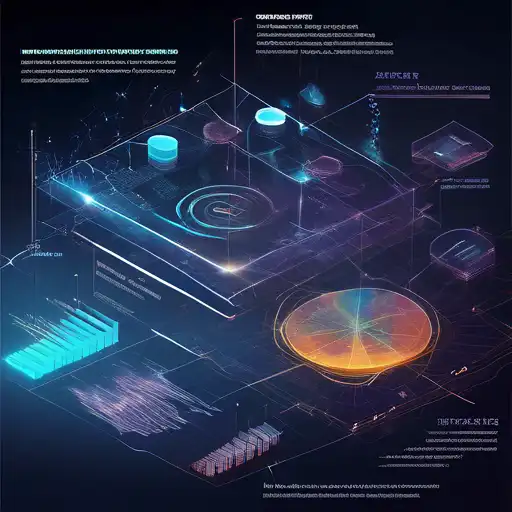Introduction to Data Visualization
In today's data-driven world, the ability to effectively visualize data is crucial for uncovering insights that can drive decision-making. Data visualization techniques transform complex datasets into graphical representations, making it easier to identify patterns, trends, and outliers.
Why Data Visualization Matters
Data visualization is not just about making pretty charts; it's about communicating information clearly and efficiently. By leveraging visual elements like charts, graphs, and maps, businesses can grasp difficult concepts or identify new patterns quickly.
Key Data Visualization Techniques
1. Bar Charts and Column Charts
Bar and column charts are among the most common data visualization techniques. They are ideal for comparing quantities across different categories.
2. Line Graphs
Line graphs are perfect for showing trends over time. They connect individual data points with lines, making it easy to see increases or decreases.
3. Pie Charts
Pie charts are useful for showing proportions. They divide a circle into slices to illustrate numerical proportions.
4. Scatter Plots
Scatter plots are used to observe relationships between variables. Each point represents an observation in the dataset.
5. Heat Maps
Heat maps show magnitude through color. They are excellent for visualizing complex data like website traffic or user behavior.
Advanced Data Visualization Techniques
For more complex datasets, advanced techniques like interactive dashboards, geospatial mapping, and network diagrams can provide deeper insights. Tools like business intelligence software can help in creating these visualizations.
Best Practices for Effective Data Visualization
- Know your audience and tailor the visualization to their needs.
- Choose the right type of chart for your data.
- Use color and size effectively to highlight important information.
- Keep it simple; avoid clutter that can distract from the key message.
Conclusion
Mastering data visualization techniques is essential for anyone looking to derive meaningful insights from data. By selecting the appropriate methods and tools, you can transform raw data into compelling visual stories that inform and persuade. For more on how to leverage data in your business, check out our guide on data analysis strategies.
